Hot AI trend consists of large behavior models (LBM), which is a combination of generative AI LLMs with behavior-oriented AI walk and talk features. Here’s the scoop.
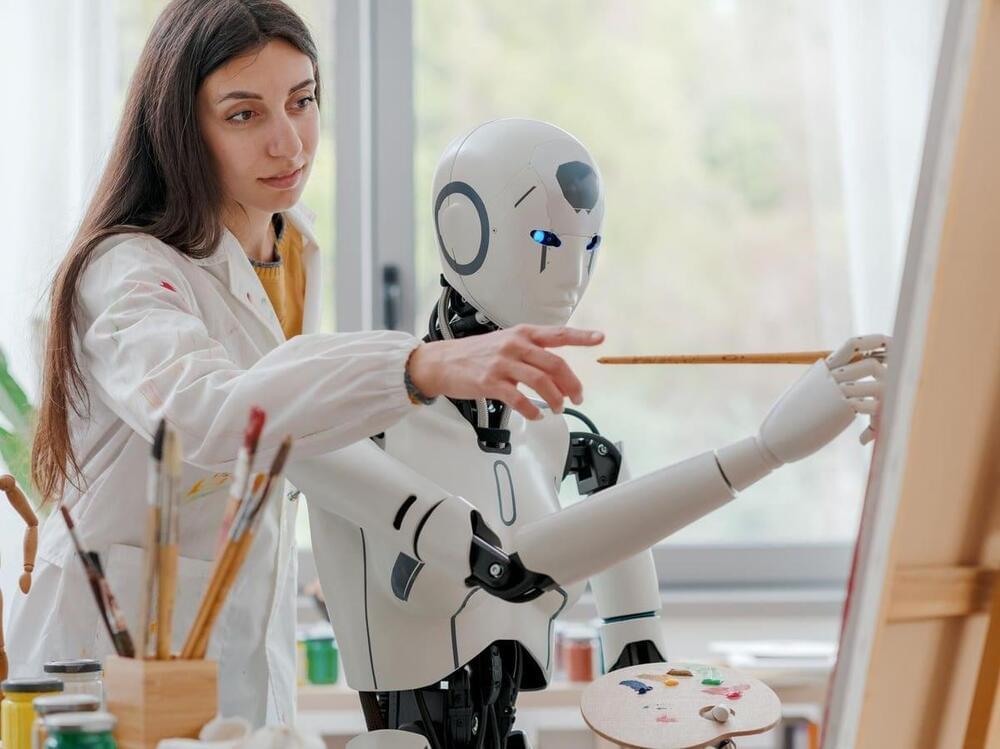

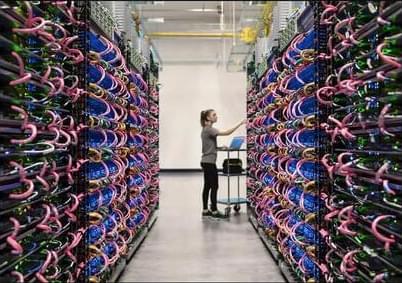
Google Cloud recently announced a major upgrade to its AI infrastructure, introducing new hardware and software solutions designed to meet the growing demands of artificial intelligence workloads. The centerpiece of these changes is the release of Trillium, Google’s sixth-generation Tensor Processing Unit (TPU).
Compared to its predecessor, the TPU v5e, Trillium delivers over four times the training performance and up to three times the inference throughput. This improvement is accompanied by a 67% increase in energy efficiency.
The new TPU boasts impressive specifications, including double the High Bandwidth Memory (HBM) capacity and Interchip Interconnect (ICI) bandwidth, making Trillium particularly well-suited for handling large language models like Gemma 2 and Llama, as well as compute-intensive inference tasks such as those required by diffusion models like Stable Diffusion XL.
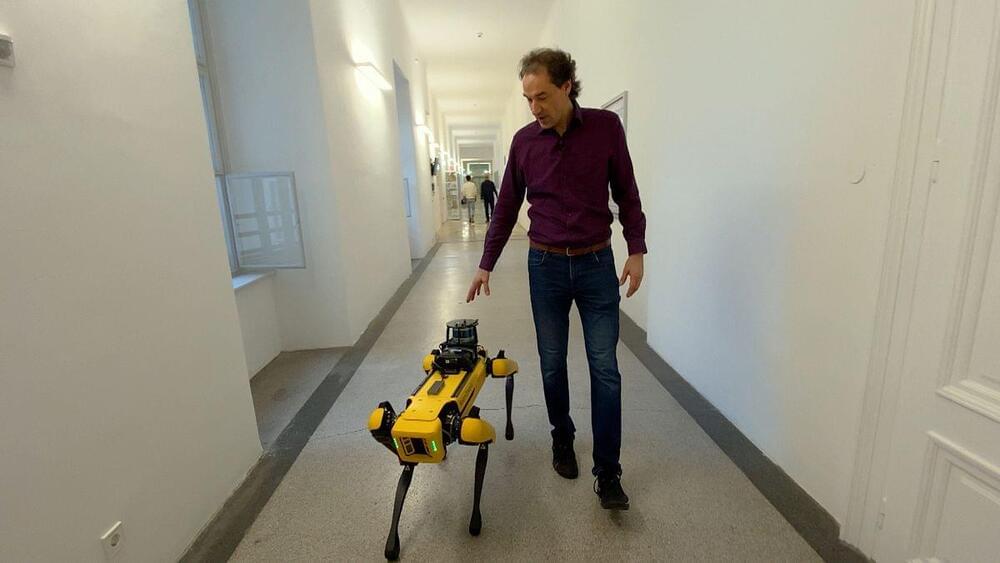
Artificial Intelligence is everywhere in Europe.
While some are worried about its long-term impact, a team of researchers at the University of Technology in Vienna is working on responsible ways to use AI.
Watch more 👉
From industry to healthcare to the media and even the creative arts, artificial intelligence is already having an impact on our daily lives. It’s hailed by advocates as a gift to humanity, but others worry about the long-term effects on society.
Developed and fiercely defended by some, criticised if not openly feared by others, the phrase on everyone’s lips, AI, Artificial Intelligence, generates passionate hopes but also widespread concerns throughout the European Union. Who are the potential winners, and who are the potential losers of this new digital revolution in the making? We travelled to Austria and Estonia to try to find out.
Around 3/4 of European employees have already had practical experience with AI. Artificial Intelligence already develops new virtual reality tools. It helps transcribe medieval manuscripts. It contributes to the design of autonomous vehicles, or futuristic buildings. But its use is also raising concerns in schools and universities, while workers and trade unions fear its effect on certain job categories.
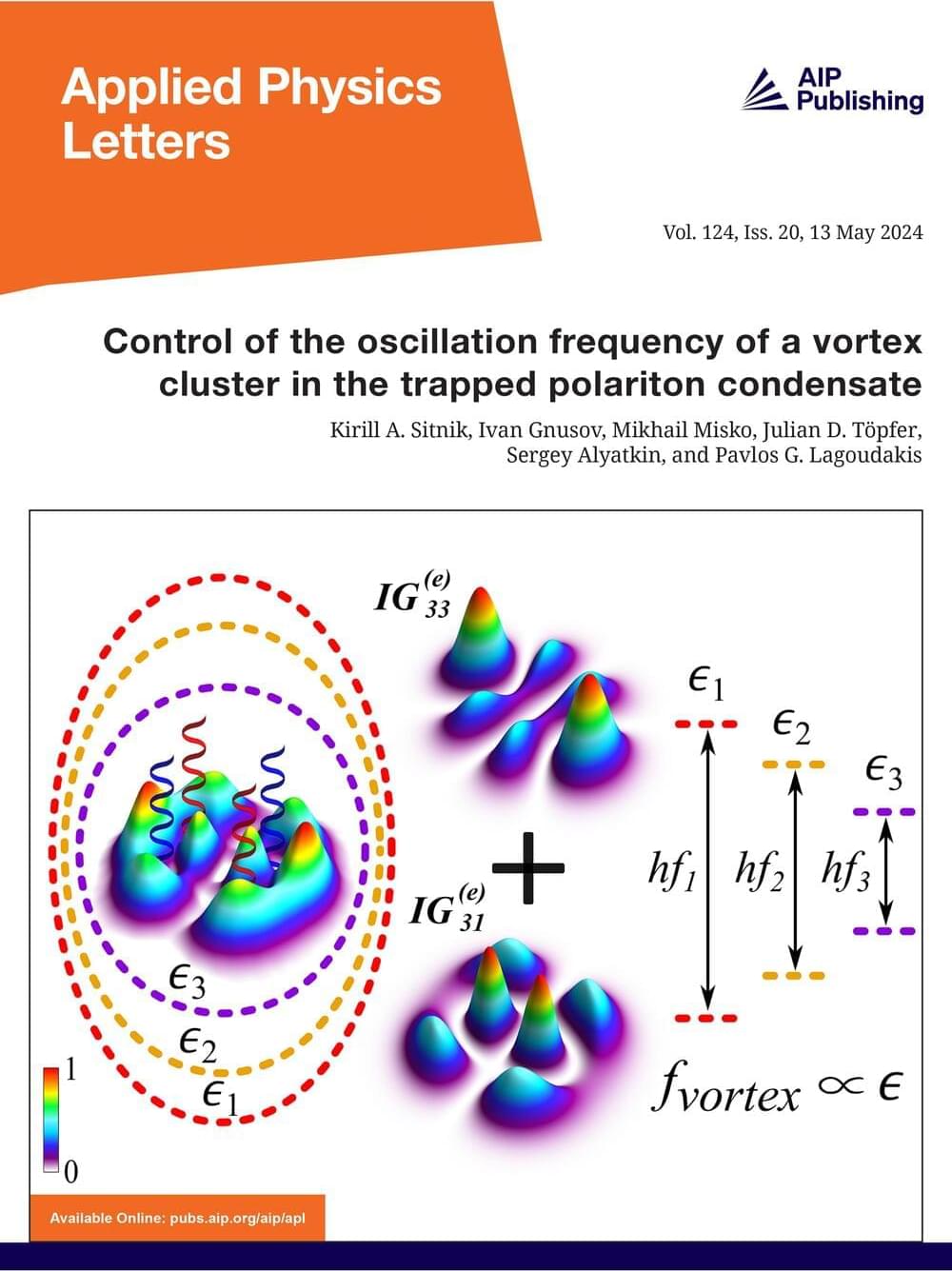
A group of scientists from Skoltech, led by Skoltech Vice President for Photonics Pavlos Lagoudakis, a laureate of the Vyzov (Challenge) prize, shared new results of the polariton condensate research. The team demonstrated that under optical excitation a polariton condensate can simultaneously occupy two closely spaced energy levels, which results in the formation of quantized vortex clusters. The outcomes of the study are prominent for optical tweezers, increasing the width of the data transmission channel in optical communication lines, and in other research areas. The paper was published in the Applied Physics Letters journal. It was featured on the cover of the weekly issue.
The new study is based on the previous work on optical vortices — optical beams that have their phase twisted in a spiral around the propagation axis. In 2022, Skoltech researchers, together with their colleagues from the University of Iceland and the University of Southampton, were the first to show how a cluster of quantized vortices with periodically flipping charges is formed in polariton condensates. The authors experimentally observed a cluster of four vortices and detected periodic flips of the signs of their charges with an interval of one fifth of a nanosecond.
“Polaritons are quasi-particles consisting of light and matter. They can form a macroscopic coherent state — Bose-Einstein condensate. This state behaves, roughly speaking, like one particle and is described by a single wave function. But the condensation of polaritons in inorganic microresonators is achieved not at room temperature, but at extremely low ones, therefore, to observe the condensation of polaritons, we place the sample in which they appear in a cryostat, where it is cooled to four degrees Kelvin,” says Kirill Sitnik, the first author of the study, a junior research scientist at the Skoltech Photonics Center’s Laboratory of Hybrid Photonics.

To learn more, a research team led by Drs. Asghar Rezaei and Kenton Kaufman of the Mayo Clinic set out to assess gait, balance, and strength in healthy people over age 50. Their study enrolled 40 participants. Half were between ages 50 and 64. The rest were ages 65 or older. In each group, half of the participants were female, and half were male.
Each participant underwent a series of tests in a motion analysis lab. Reflective markers were attached to specific locations on each participant’s feet, thighs, pelvis, head, and more. To assess gait, a 14-camera motion capture system recorded marker movements as people walked back and forth on an eight-meter-long walkway. Force plates on the floor measured ground reaction forces to detect changes in the center of pressure. Balance tests similarly used force plates to record movements and center of pressure data. The balance tests assessed the body’s sway as people stood on one leg with eyes open and on both legs with eyes open and closed. Grip strength and knee strength were measured by using specialized devices. Results were reported on October 23, 2024, in PLOS ONE.
The researchers found that gait characteristics—including walking speed and stride length—were not significantly affected by age. In contrast, several measures of balance and strength showed significant age-related reductions.


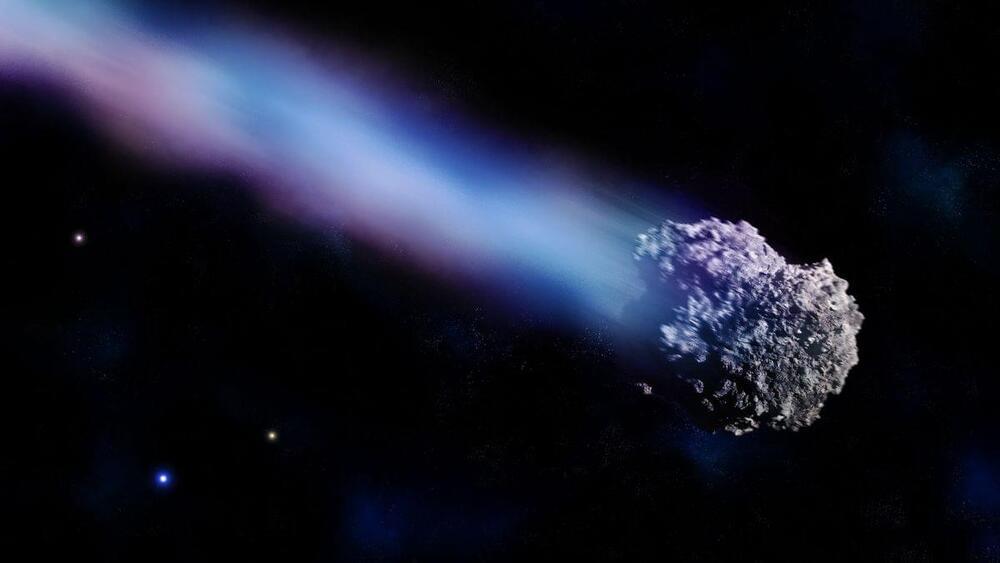

Minnesota researchers boost semiconductor transparency and speed for high-power devices.
A team of researchers at the University of Minnesota has developed a next-generation transparent and efficient semiconductor material. This breakthrough could have enormous ramifications for improving the efficiency of high-power electronics, especially those that need transparency, like lasers.
The material is entirely manmade, allowing electrons to travel faster while remaining transparent to visible and ultraviolet light.